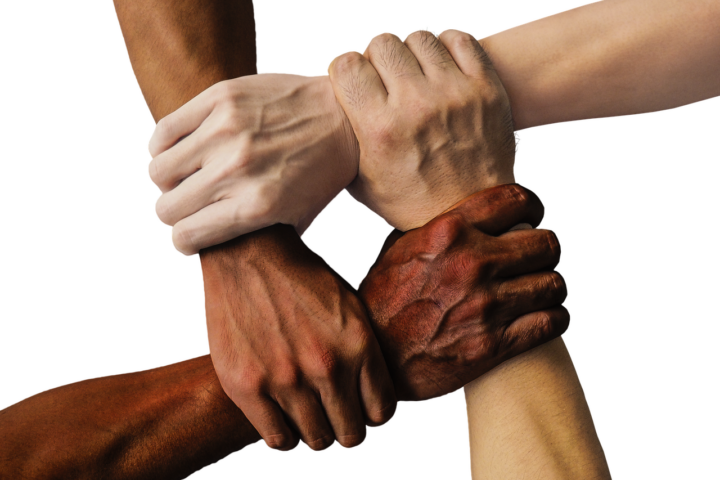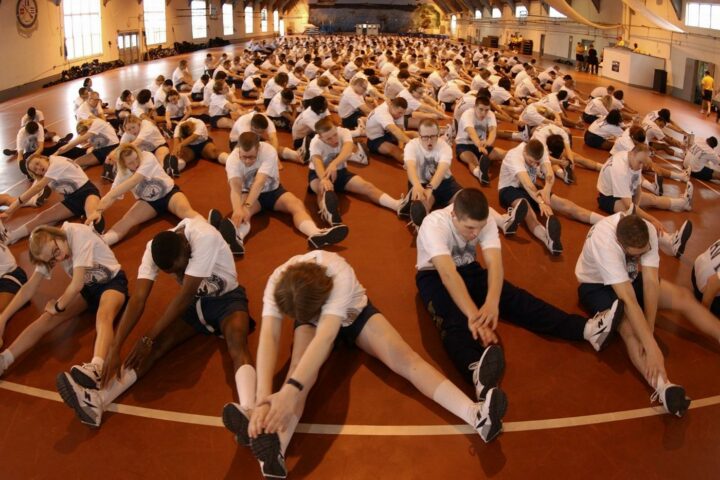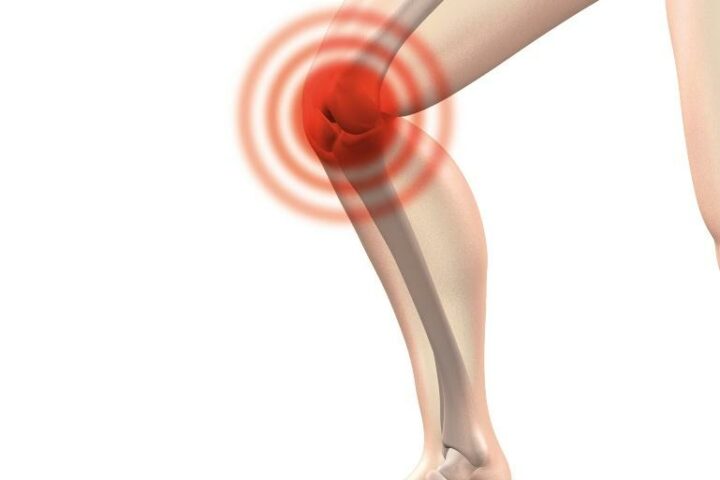The ONLY muscle that should be used when breathing (unless doing intense activity) is your diaphragm. All other muscles are known as accessory muscles for breathing.
Proper form:
Your diaphragm is attached to the bottom of your lungs. When relaxed the lungs are higher in the chest cavity. When the diaphragm contracts it pulls the lungs towards your feet. This contraction creates negative pressure inside the lungs, drawing fresh air in. When the muscle relaxes it pushes the lung up, pushing the air out.
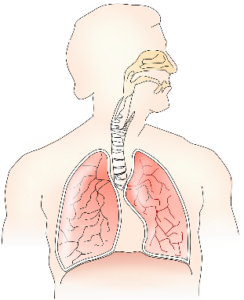

The syringe above works in the same way as our lungs should. Contract by pulling down and it draws in. Push up on the plunger and everything inside is pushed up.
Common abnormal forms:

Paradoxical breathing. Picture the big bad wolf. He takes a deep breath, and his waist thins and all the air is in his chest. As described above this is the exact opposite of what should be happening anatomically. This can also be a sign of other breathing issues (like sleep apnea) if it persists.
Chest breathing. Shoulders shrugging up, using traps and scalenes. This is the most common mistake I see. Possibly related to slouching. If you are in a slumped position a good portion of your weight is leaning on your Diaphragm. It is a strong muscle and could do the work, but in this position it is probably easier to shrug your shoulders.
Why does it matter?
Proper breathing from the diaphragm is associated with:
- Slower heart and respiratory rates.
- A sense of calm and inner peace.
- Better digestion
Improper breathing is associated with:
- Increased anxiety
- Poor digestion / motility
- Neck and shoulder pain, your upper traps were not designed to lift your arms 12-16 times per minute. In a single 8-hour workday that would be at least 5,760 reps.

Chest and paradoxical breathing are not as efficient and so there is not the same volume of air being moved.
Physiology of breathing. We all know that breathing is important to bring in Oxygen, but more importantly to get Carbon Dioxide out. If you are taking shorter breaths, your respiratory rate and heart rate must increase to keep those gasses moving. If your heart is pumping hard stress increases, and many people feel increased anxiety when in this state.
Other Challenges to breathing from the abdomen:
- Posture
- Infection / Congestion
- Binders / Clothing choices
- Bulletproof vests
- Paralysis from trauma or Chemical attacks
Changing habits takes repetition and time. Learn how to change your breathing in Part II here.
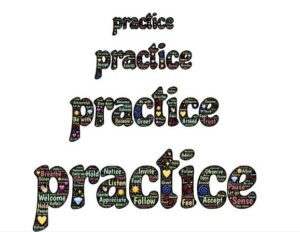
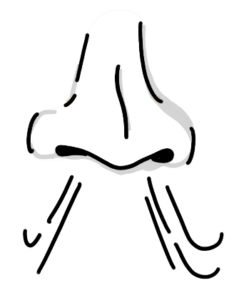

We can help accelerate the healing process and teach you how to break the cycle of pain returning with use. Contact Beyond Wellness, a network of medical providers located in Virginia. 703.272.5469 or www.mybwdoc.com
Author:
Dr. Martin C. Donnelly, DC, CCEP, CKTP, FAKTR-PM, GRASTON Certified.
Images were labeled as free use no attribution required from Pixabay.


